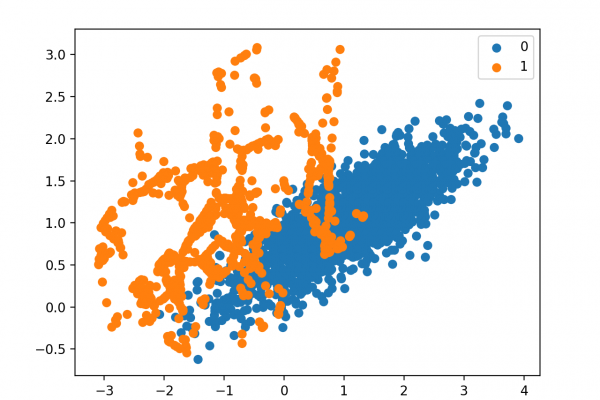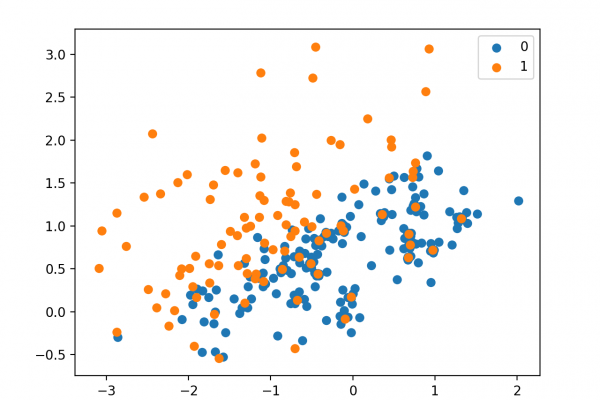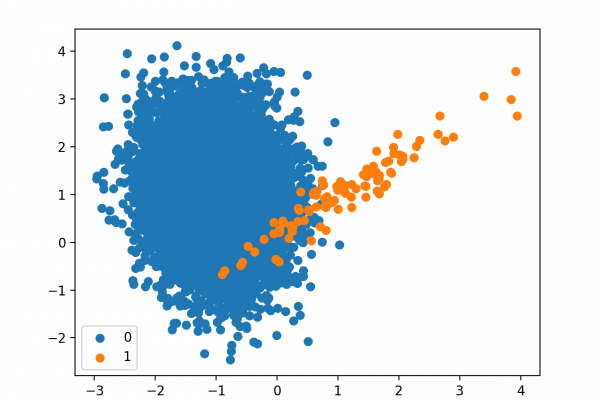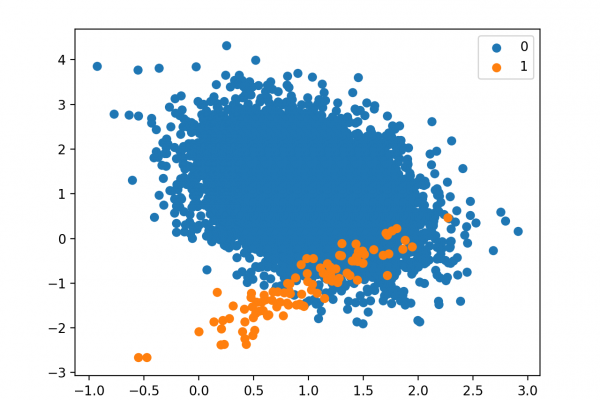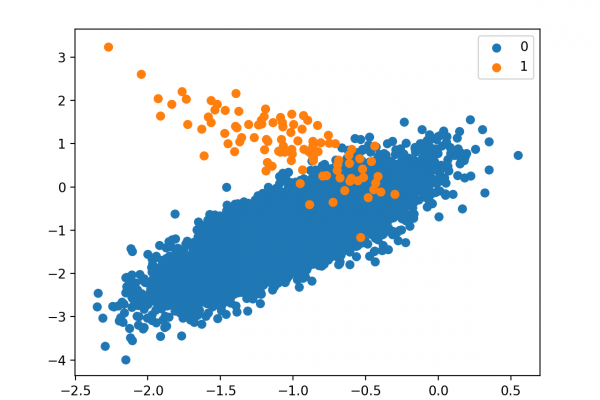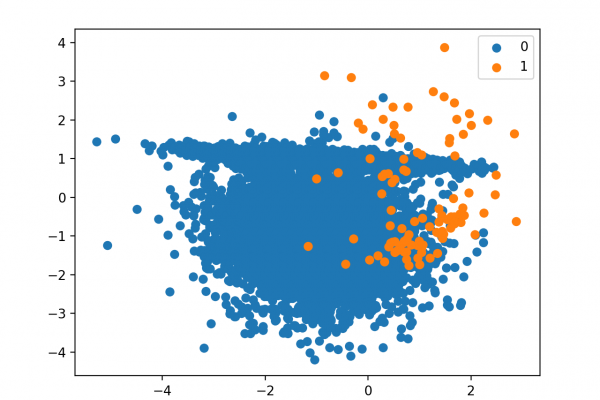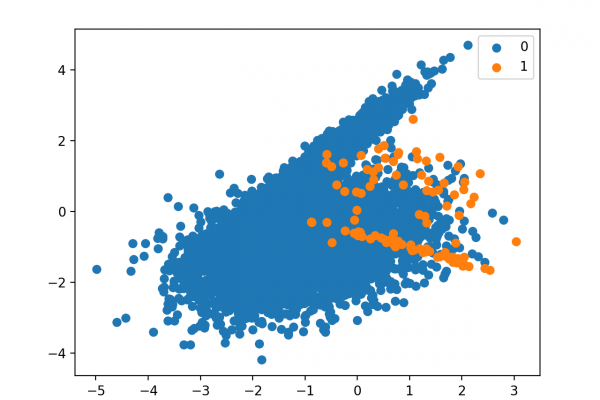Imbalanced Classification With Python (7-Day Mini-Course)
Last Updated on August 18, 2020 Imbalanced Classification Crash Course.Get on top of imbalanced classification in 7 days. Classification predictive modeling is the task of assigning a label to an example. Imbalanced classification are those classification tasks where the distribution of examples across the classes is not equal. Practical imbalanced classification requires the use of a suite of specialized techniques, data preparation techniques, learning algorithms, and performance metrics. In this crash course, you will discover how you can get started […]
Read more
